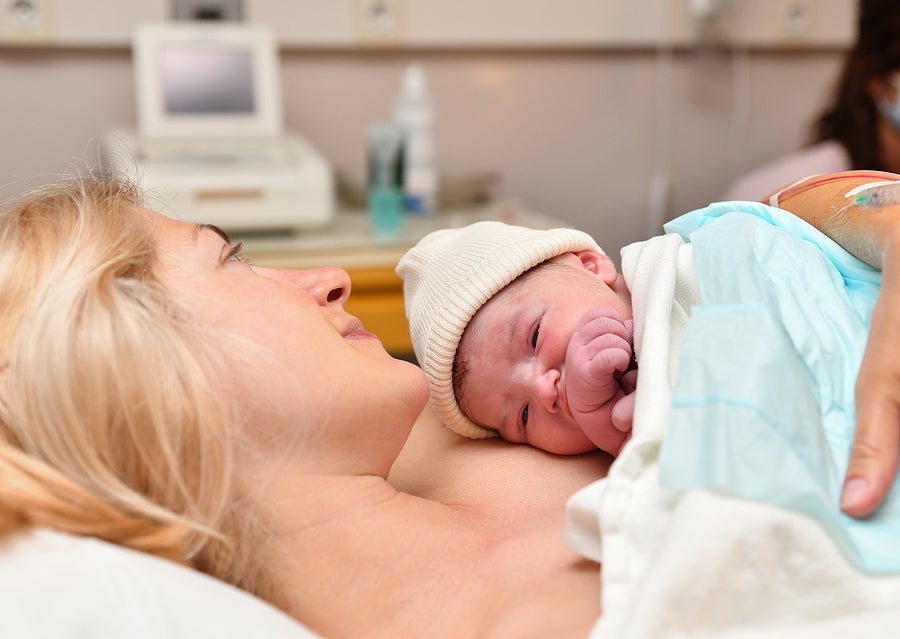By Ivy Smith, Health Policy Specialist at Idaho Voices for Children
Infant mortality in Idaho rose 18% and maternal mortality rose a staggering 121.5% from 2019 to 2021, according the Idaho Maternal and Infant Health Report 2023 published by Idaho Kids Covered, a statewide coalition of health care advocates and stakeholders supported by Idaho Voices for Children. Idaho Kids Covered originally published the Idaho Maternal and Infant Health Report in the fall of 2022. One year later, maternal and infant health needs in Idaho have only grown. Yet, when we look at state trends, almost every single health data metric included in our last report has continued in the wrong direction. The report paints an alarming portrait of Idaho’s maternal and infant health landscape and outlines policy recommendations to ensure Idaho moms and babies have access to the lifesaving care they need when they need it.
The report found that Idaho has continued to move in the wrong direction across key health indicators, including maternal and infant mortality, postpartum depression, preterm and low birth weight babies, and access to prenatal care. About 56% of pregnancy-related deaths in 2021 occurred between 43 and 365 days after birth; and 25% of Idaho mothers experienced moderate to severe postpartum depression in the three months following pregnancy—nearly double the national average. Idaho is one of only four states that have not extended Medicaid postpartum coverage from 60 days to a full year and recently became the only state in the country without a Maternal Mortality Review Committee. What’s more, Idaho’s Medicaid income eligibility criteria for pregnant and postpartum women is ranked last in the nation and hasn’t been updated since 1990. Increasing income eligibility levels for pregnant and postpartum women to national average of 205% FPL, extending Medicaid postpartum coverage to a full year, and reinstating the Maternal Mortality Review Committee would help address the dire maternal and infant health crisis in our state. Increasing access to care would ensure Idaho moms, both during pregnancy and in the critical months after labor and delivery, have consistent access to the life-saving care they need when they need it and help eliminate preventable maternal deaths.
The outlook for children’s health and access to care was equally alarming. Idaho ranks second to last in the nation in providing affordable health insurance for kids. The report found that 85% of Idaho children missed doctor-recommended developmental screenings in 2021. What’s more, Idaho’s CHIP income eligibility criteria for children has not been updated since 2004. Idaho has an estimated 28,400 uninsured children, most of whose families earn just over the income limits. Almost half (43.5%) of Idaho’s infants and toddlers are living in households with low incomes. Idaho families are struggling financially with the rising costs of gas, groceries, child care, and other day-to-day expenses. Raising CHIP income eligibility limits so more Idaho children can access care is a smart investment in our state’s future as Medicaid coverage is associated with improved health and educational outcomes for children.
As policymakers confront Idaho’s growing maternal and child health needs, advancing policy solutions that prioritize consistent health coverage and reliable access to care will be vital for the health and well-being of Idaho families. There is a glimmer of hope that Idaho leaders will take steps to address this crisis before it gets even worse. Idaho’s Department of Health and Welfare has requested funds in its budget to implement 12 months postpartum Medicaid coverage but that is just the first step and there are many other hurdles to overcome.
Let’s hope Idaho leaders move forward to extend postpartum coverage and increase income eligibility levels for pregnancy and child coverage during their upcoming legislative session, as this crisis cannot be ignored any longer.



